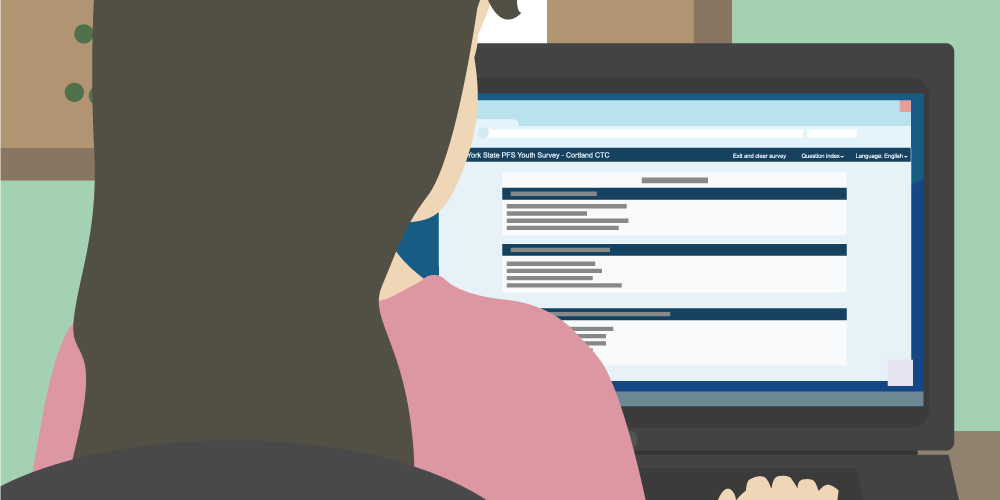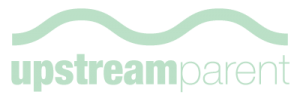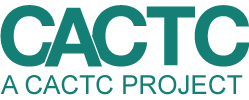Collecting data in a community can be difficult even in the most optimal circumstances. Add in restrictions on gathering sizes, business closures, and hybrid learning in schools and it makes it seemingly impossible! Since early this summer, our Executive Director and I have been problem solving ways we could ensure that our schools, community, and parents have access to the invaluable survey data we collect, despite being in the midst of a pandemic. This year, more than ever, it is important that we know what is happening with the mental health and substance use behaviors of our local teens.
While we wait for the 2020 results to be returned from our survey company, I thought everyone might be interested in knowing exactly how this was pulled off (it was truly a group effort!) and some fun facts about this year’s survey, too!
#1: School Participation
Luckily here in Cortland County, all five school districts understand the importance of tracking trends in substance use, bullying, and risk and protective factors in our high school and middle school students every year. This made my job: So. Much. Easier. Everybody was ready and willing to make the survey work this year!
We also tried to be as flexible as possible this year with timing of the survey. As school schedules changed due to COVID, survey schedules were adapted too. Not every school completed the survey the same day or even the same week, which we will need to keep in mind as a limitation when we analyze the results this year.
#2: Online Survey
In the past, we have always used the paper version of the NYS PFS Youth Survey. Early in the summer, our survey company suggested we transition to the online version of our survey this year. Our survey company even told us that schools in other communities who have already surveyed during the pandemic received similar response rates compared to past years. Which is very promising and hopefully true for Cortland County as well!
#3: Confidentiality
With the transition to the online version of the survey, and students potentially completing it on a personal device at home, came the question of confidentiality. However, IP addresses and student names are not tracked with the online survey. As always, parents or students can also choose to opt out of the survey as it is completely voluntary.
#4: Response Rate
We don’t have the survey data back as of yet, so we don’t know how our response rate (how many students took the survey) compares to past years. As with any survey data, there is always limitations and if we collected fewer surveys than in past years we’ll have to keep that in mind when we compare other data to 2020.
#5: Additional Questions
One benefit of the online survey is that we were able to ask 20 additional questions beyond what is included in our survey tool. With the paper survey, we were only able to ask 10 additional questions specific to Cortland County.
This is the first year we’ve included questions to collect SOGI (sexual orientation and gender identity) data. This data will help us identify and address mental health and substance use disparities experienced by LGBTQ youth in our community.
We also expanded our vaping related questions to include intention to vape, perception of risk for vaping, and if students have seen educational messaging about vaping. These questions will help us identify target areas for addressing vaping in our youth population.
While there were challenges, Cortland County was able to come together and pull off the 2020 youth survey, despite the pandemic. We hope to get the survey data back in mid to late December.
Be ready for all my data blog updates and please reach out if there is something you’d like to see me write a blog post about!



